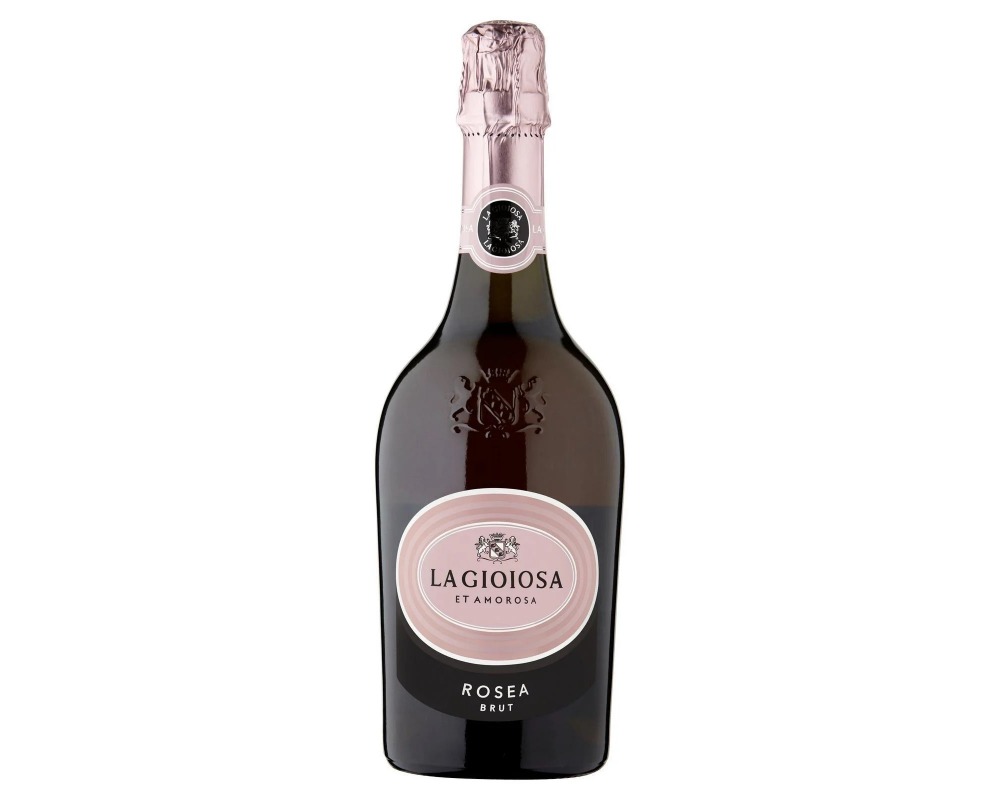
La Gioiosa et Amorosa Rosea NV was a great surprise gift at a recent dinner party, which is how I came to try this different wine. Produced by La Gioiosa, a prominent name in Italian wine known particularly for its Prosecco, this rosé variant offers a twist on the traditional. Helmed by winemaker Valerio Fuson, this wine features a modest alcohol content of 11% ABV and draws its name from the cheerful local motto, ‘Marca Gioiosa et Amorosa’, translating to ‘march with joy and love’. The wine enjoys a high rating of 4.0 on Vivino.
Unlike typical Prosecco, the label intriguingly omits any mention of ‘Prosecco’. Instead of 80 to 90%, this rosé is composed of only 40% Glera grapes, with the balance made up from Pinot Noir and Pinot Blanc. This blend not only diversifies its character but enhances it, veering slightly away from conventional Prosecco profiles.
The wine itself presents a beautiful salmon to golden hue, marked by fine and delicate bubbles. It greets the nose with fruity notes, maybe of strawberries, setting the stage for a dry, fresh and zesty taste. Flavours of apple, pear and red berries mingle, leading to a harmonious and lingering aftertaste. This rosé is fuller and more nuanced in flavour compared to typical (non-DOCG) Prosecco, offering a richer body and more substantial middle taste.
Our guests purchased from Waitrose, but it appears to be readily available for around £10. This makes it an accessible choice for those looking to explore beyond standard Prosecco offerings.













